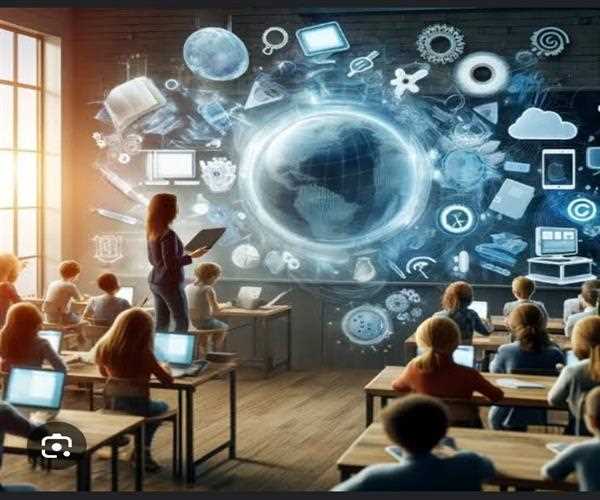Technology has played an important role in changing or enhancing the style of learning in today’s world, they have modified the traditional learning experience into viva. It has opened an opportunity for education, eradicating geographical limitation, this through the use of internet based classrooms. One of the meaningful developments is that students can find anything from e-books to video lectures with the help of fingertips. This shift has brought about prosperity in the society since anybody from any background can study in his or her/her academy of choice, for once inaccessible fields.
Also, the use of technology has enhanced the delivery of education making it possible to deliver it depending on type and speed of learning. Computer assisted learning and intelligent applications assess and evaluate the performance of the students, providing feedback including courses tailored to the specific needs of an individual. This guarantees that learners are well inculcated in certain concepts before they progress to others leading to improved paradigm comprehension. Such personalization fosters a more inclusive environment, accommodating students with varying abilities and needs.
Besides, the use of technology has also improved on the aspect of collaboration, as well as communication. Technology such as video conferencing, cloud solution as well as social networking helps the students and instructors to bring them together. Substantial group projects, peer evaluations, and synchronous interactions have improved the efficiency of other sections promoting togetherness and collaboration among learners. All these interrelations equip students for a highly connected workforce.

Moreover, technology has brought into teaching different forms, including, but not limited to, gamification and virtual reality, bringing into the learning process much more enthusiasm and depth. Unlike the aforementioned mix of conventional approaches which engage the students, these approaches enhance retention and critical thinking skills among students. Technology not only consolidates the real-life encounters in learning but also prepares learners for the real-life simulation of the learned knowledge.
Also, the use of information technology has eased the work burden of administrators to allow them work closely with teachers and facilitate instruction. These technologies help in shaving off work load regarding manual grading of essays, tracking student attendance and using data analytics to forecast student performance, and hence guidance ratio per student is improved by teachers catering for less students. This efficiency brings the quality improvement to the level of education and promotes the productive and effective learning climate in the context of school as a major institution for students and teachers.
Conclusion
In conclusion, Technology cannot be negated as the turnkey of education now and the future where it has revolutionized the way knowledge is retrieved, imparted and acquired. It has also presented diversified methods of learning, individualized attention, integration, and effective uses of intellectual tools utilized in learning processes considered more creative and practical. It has helped along with administration, freeing up educators to teach, as bureaucracy has been taken out of their way. Currently, advancing technology enhances the teaching learning process in a way that it will firmly establish a future in which learning will be more effective and efficient for all.